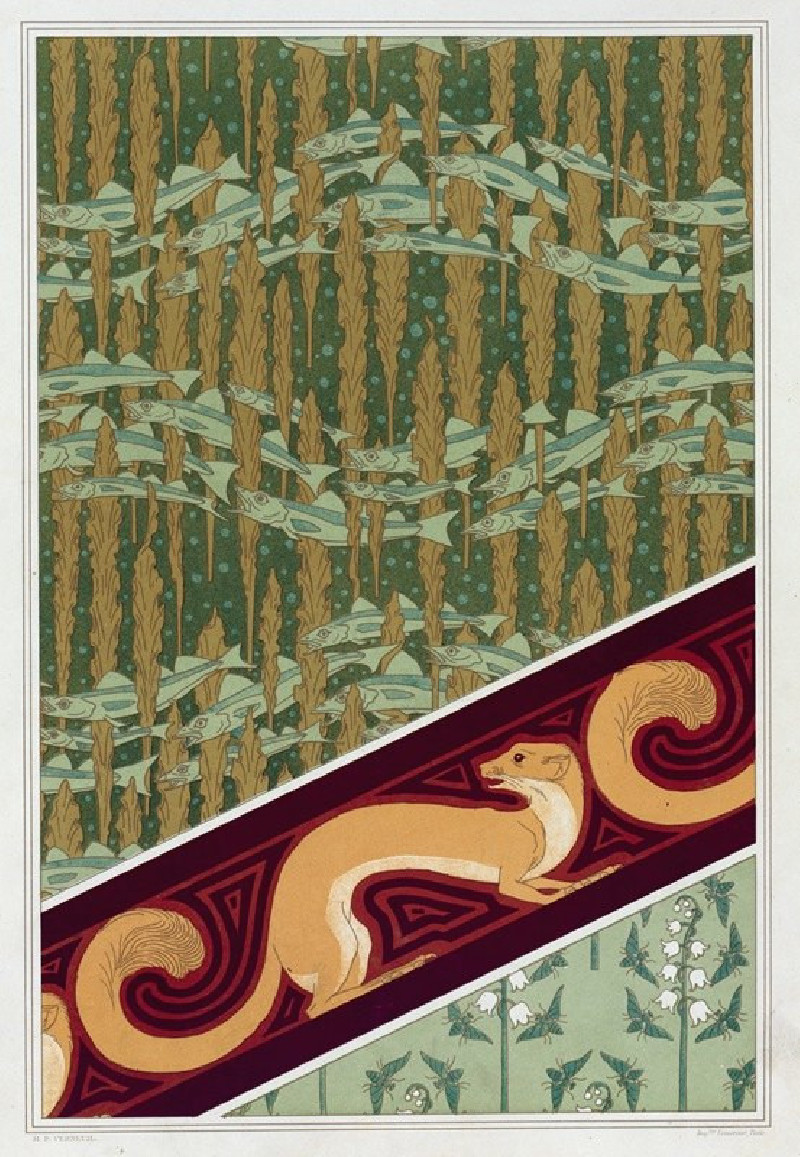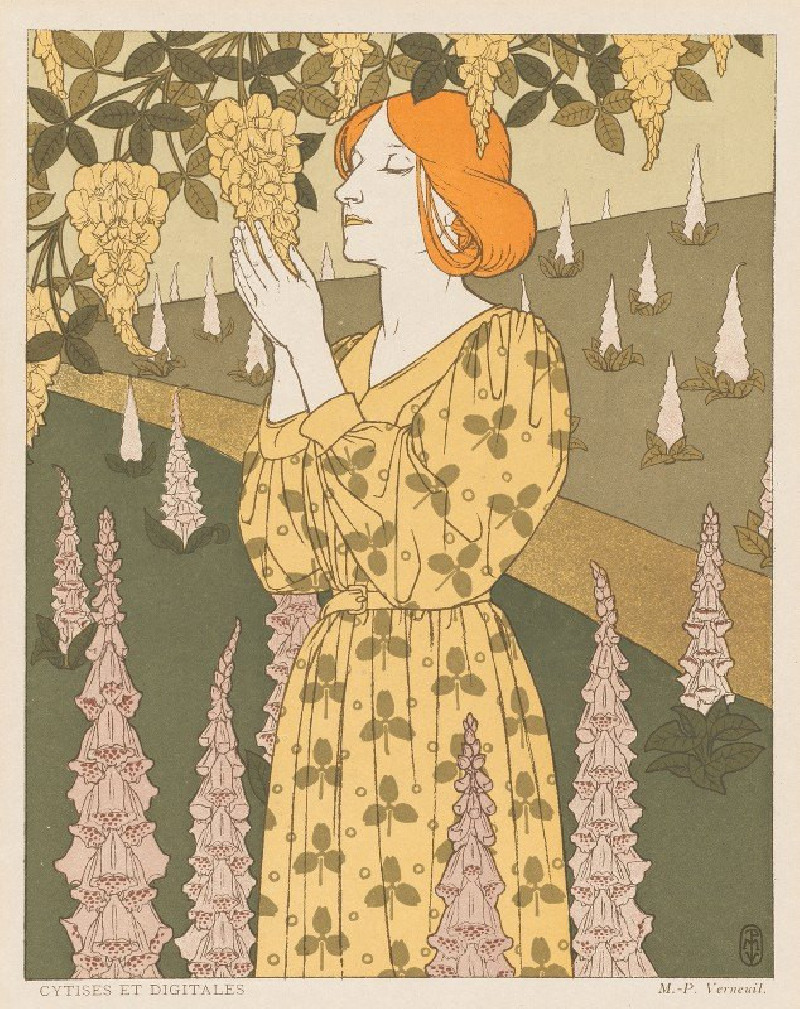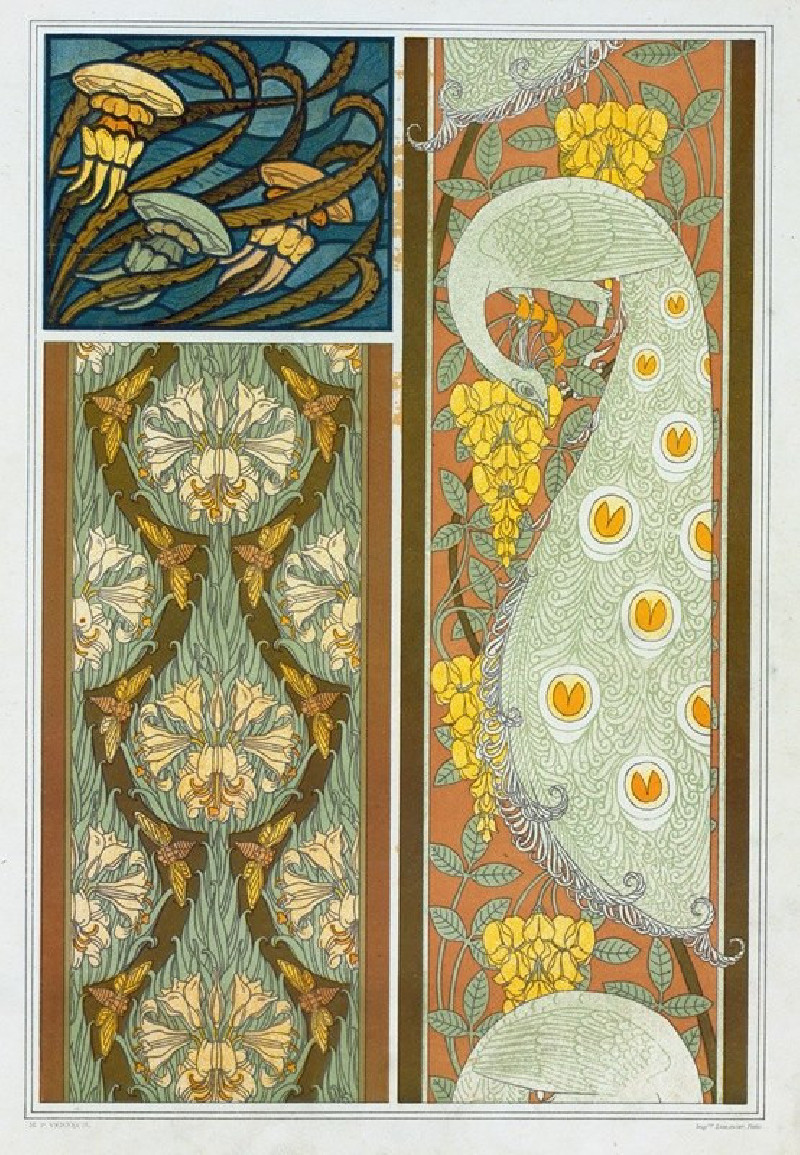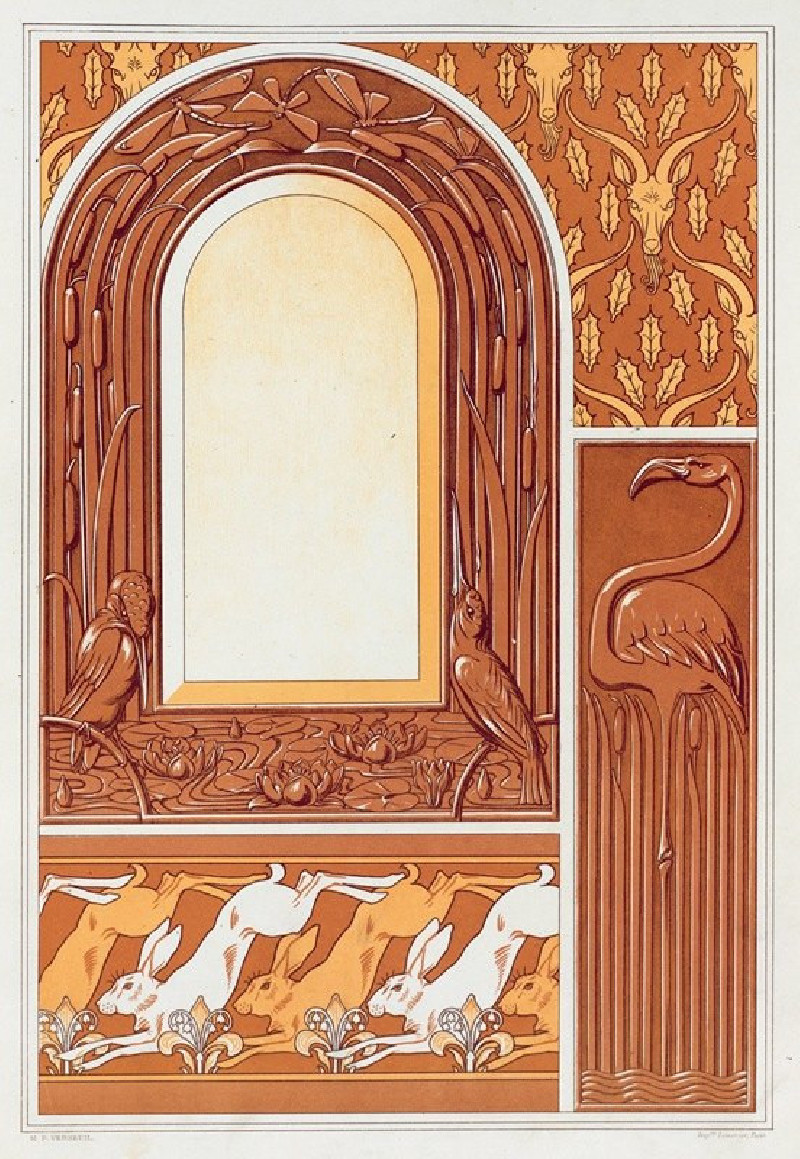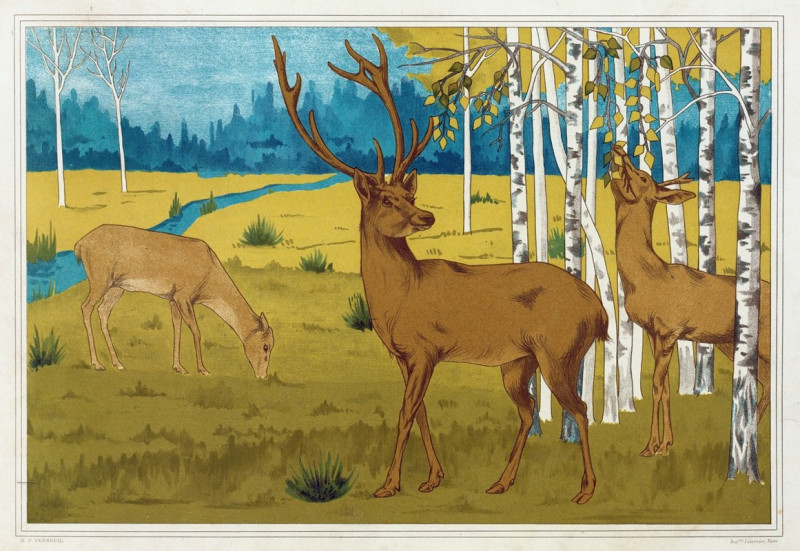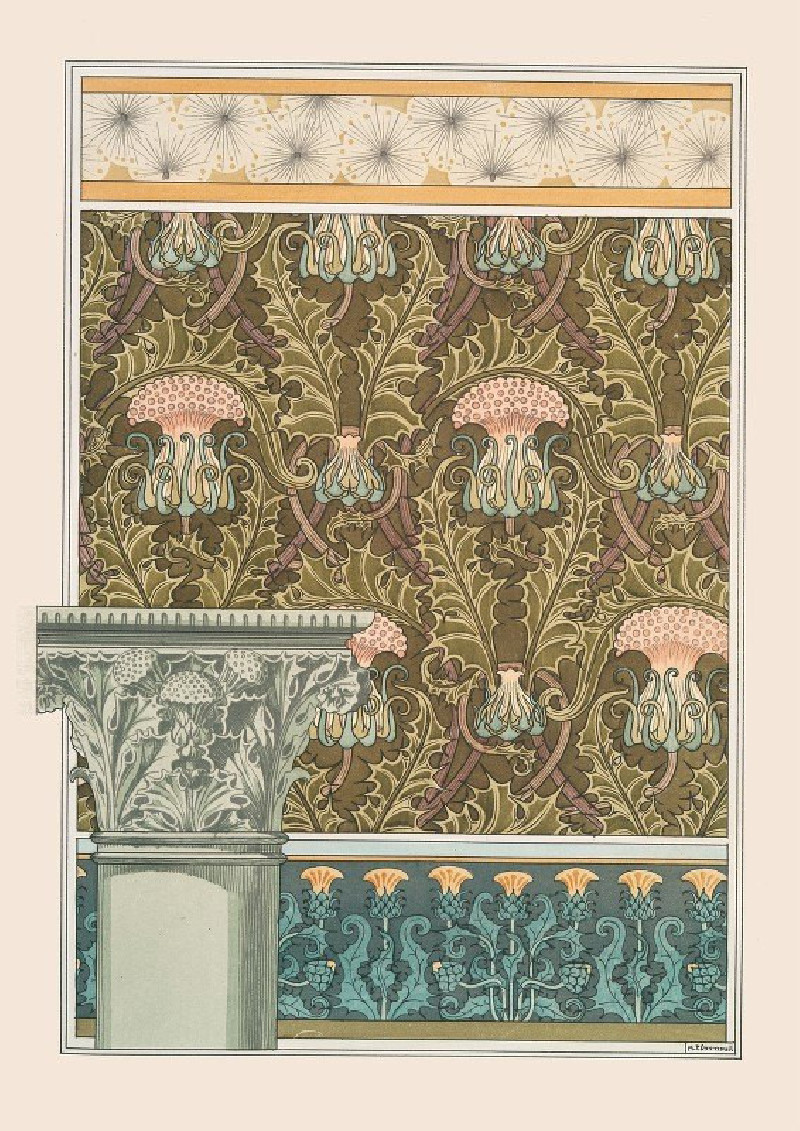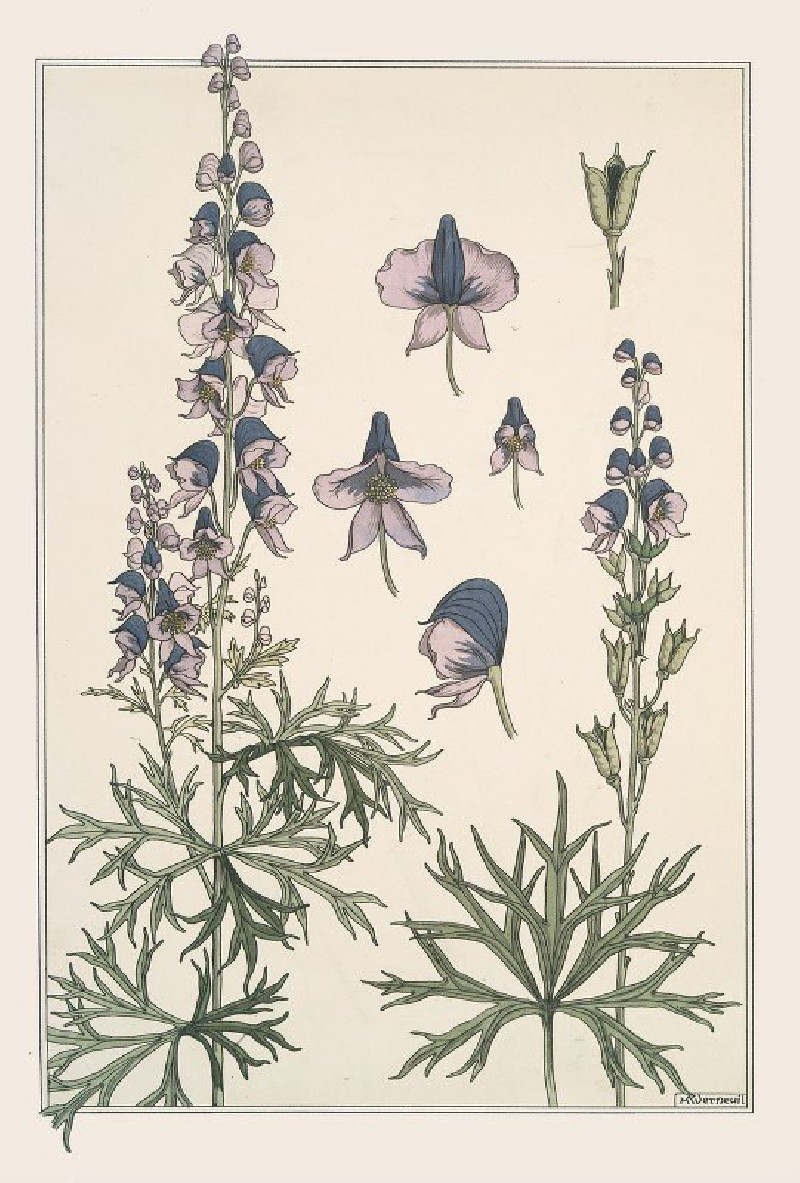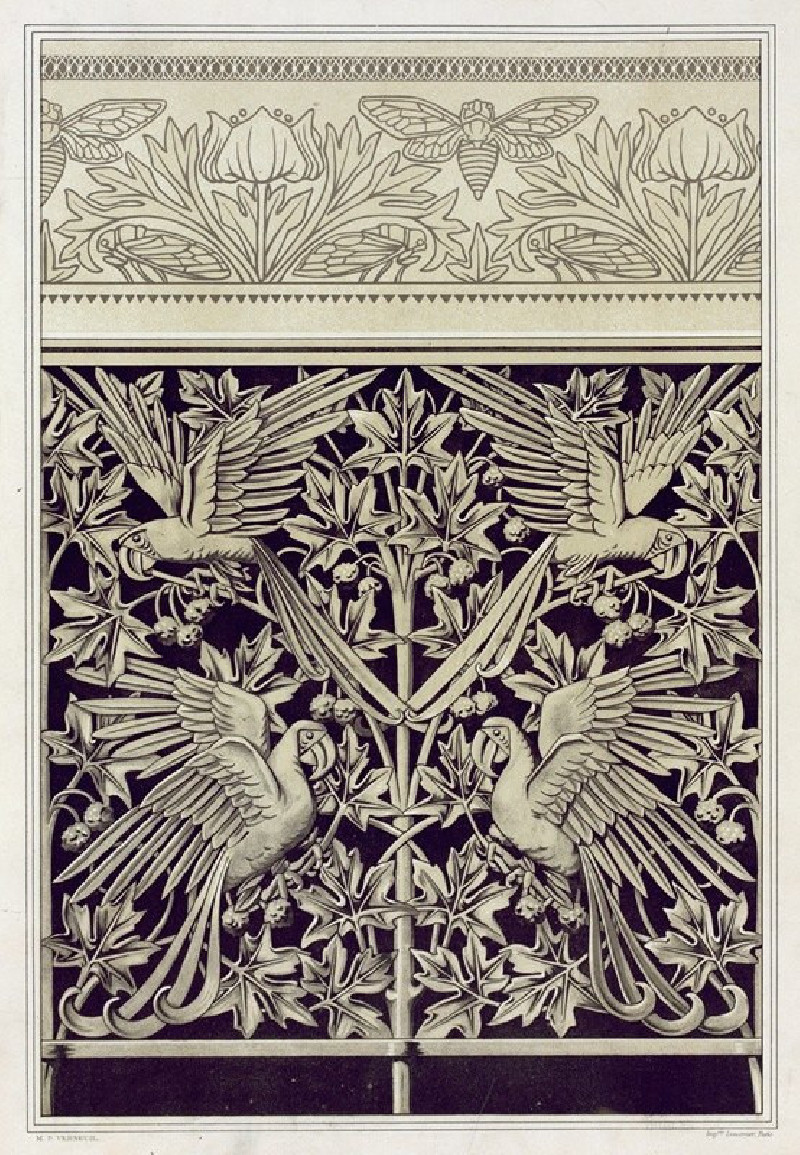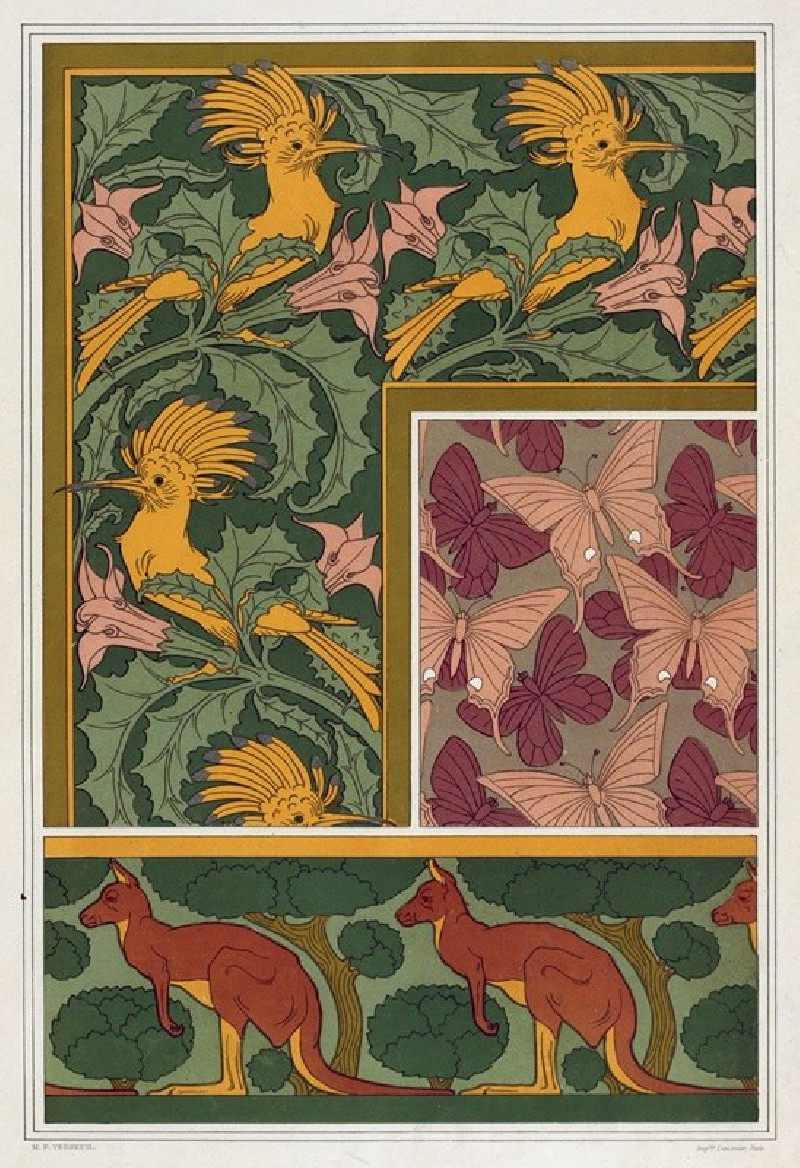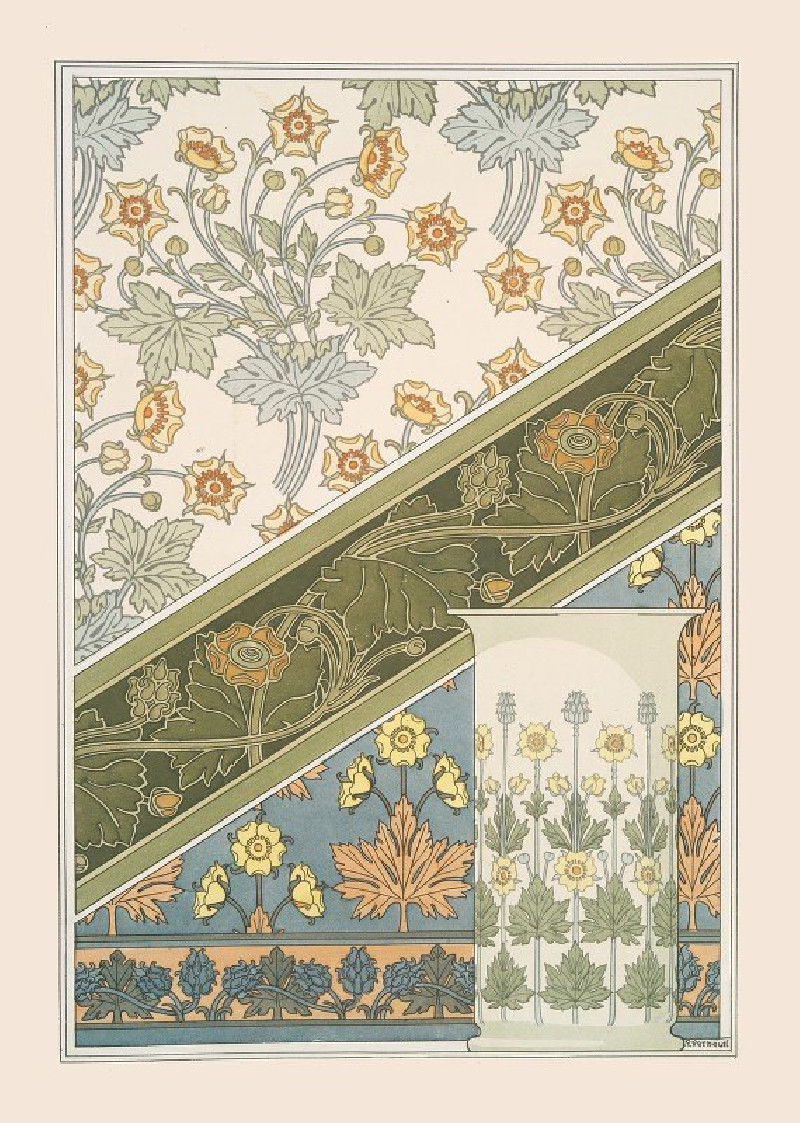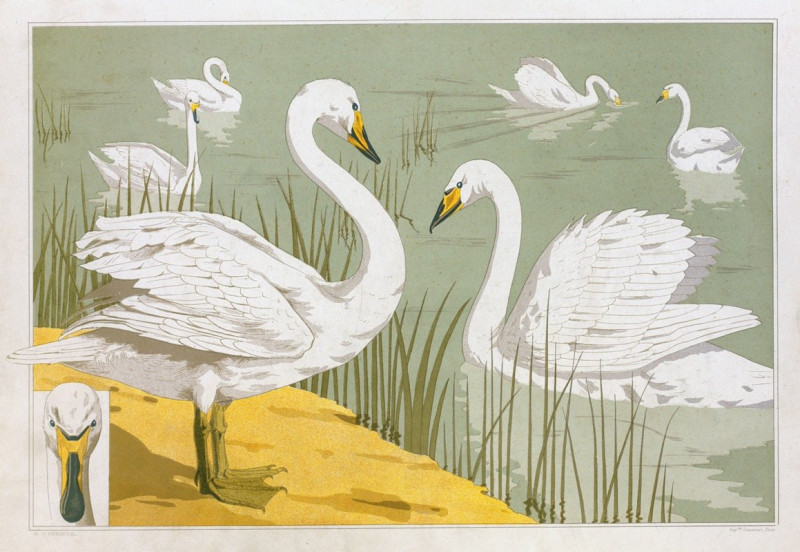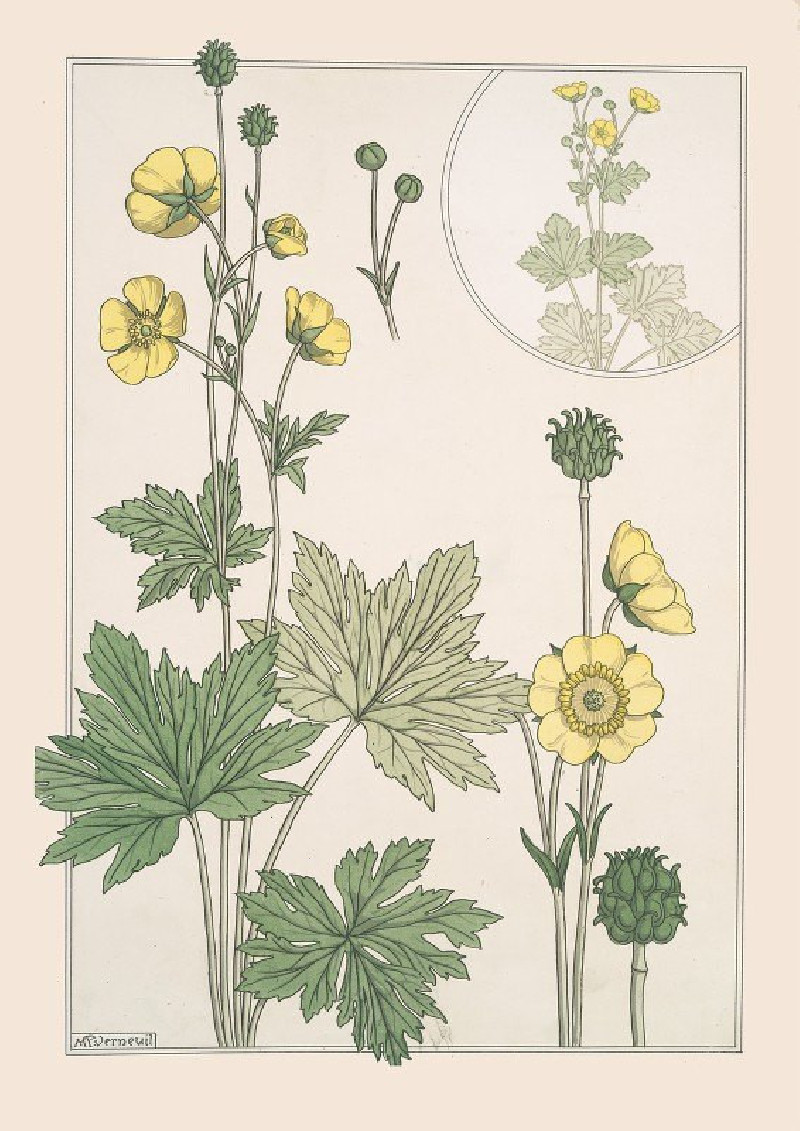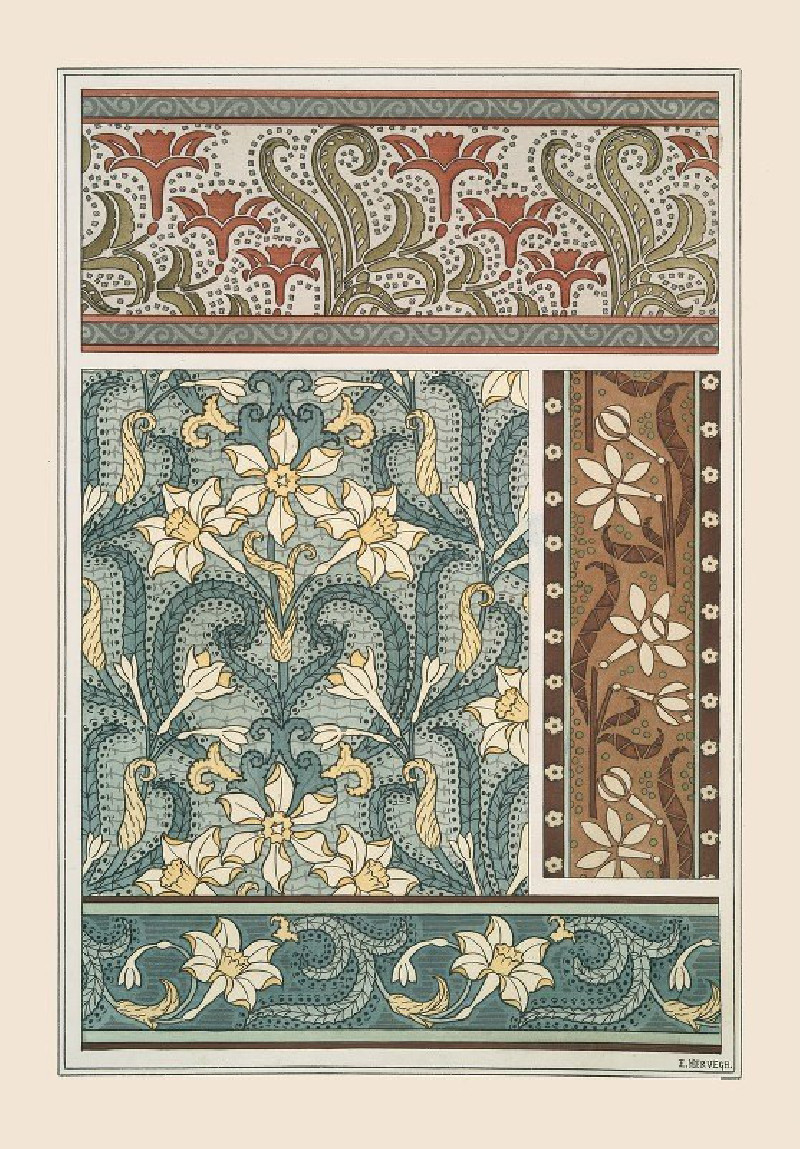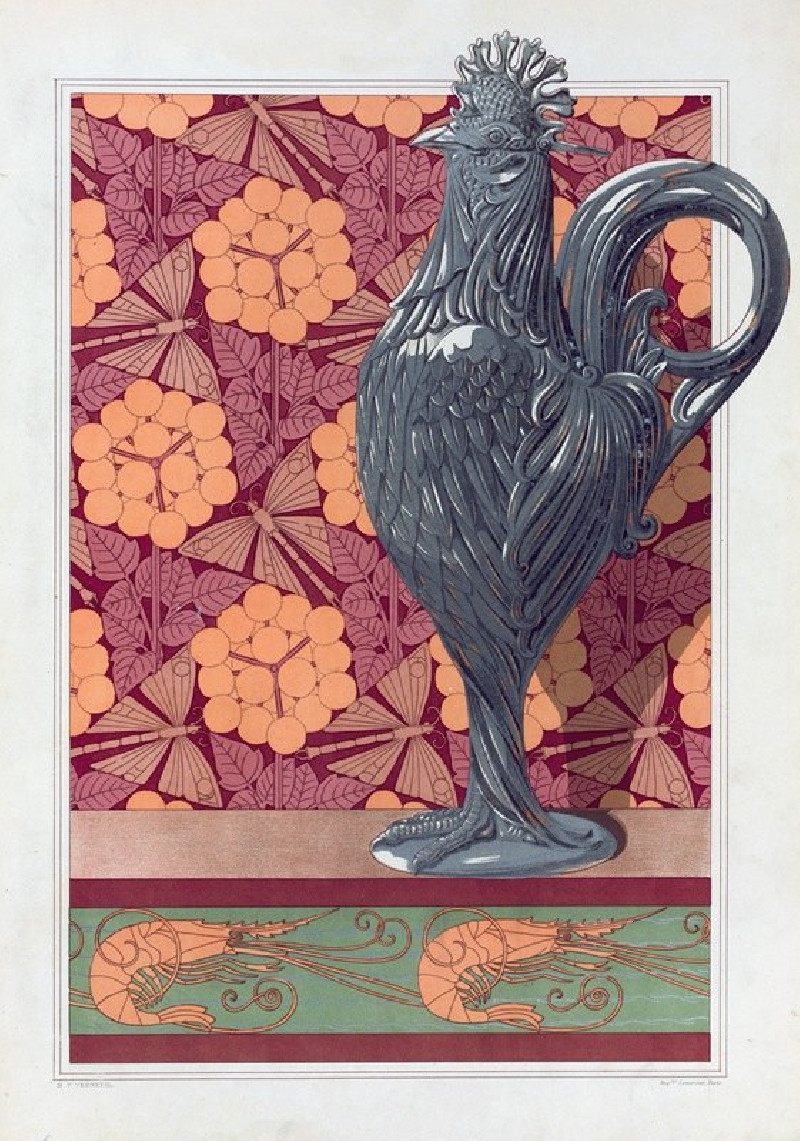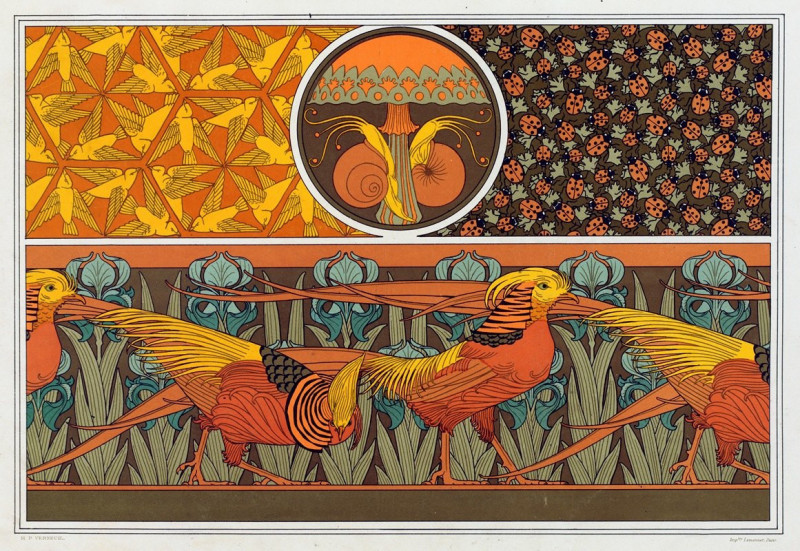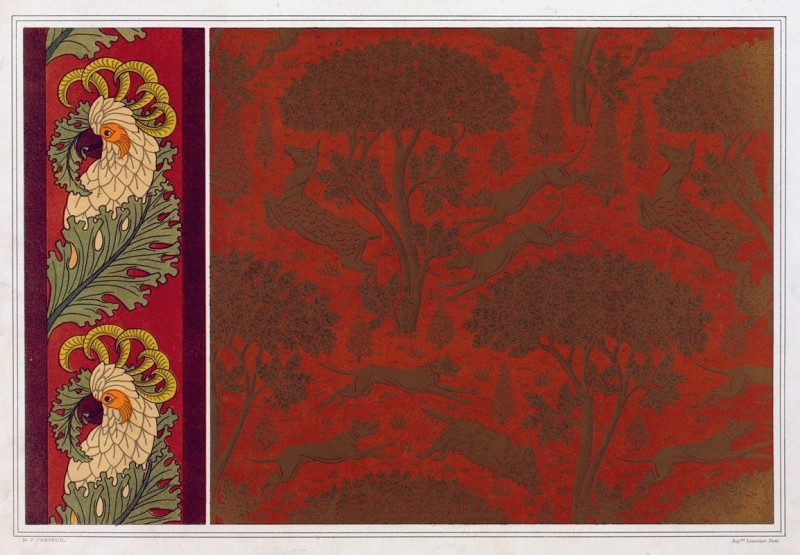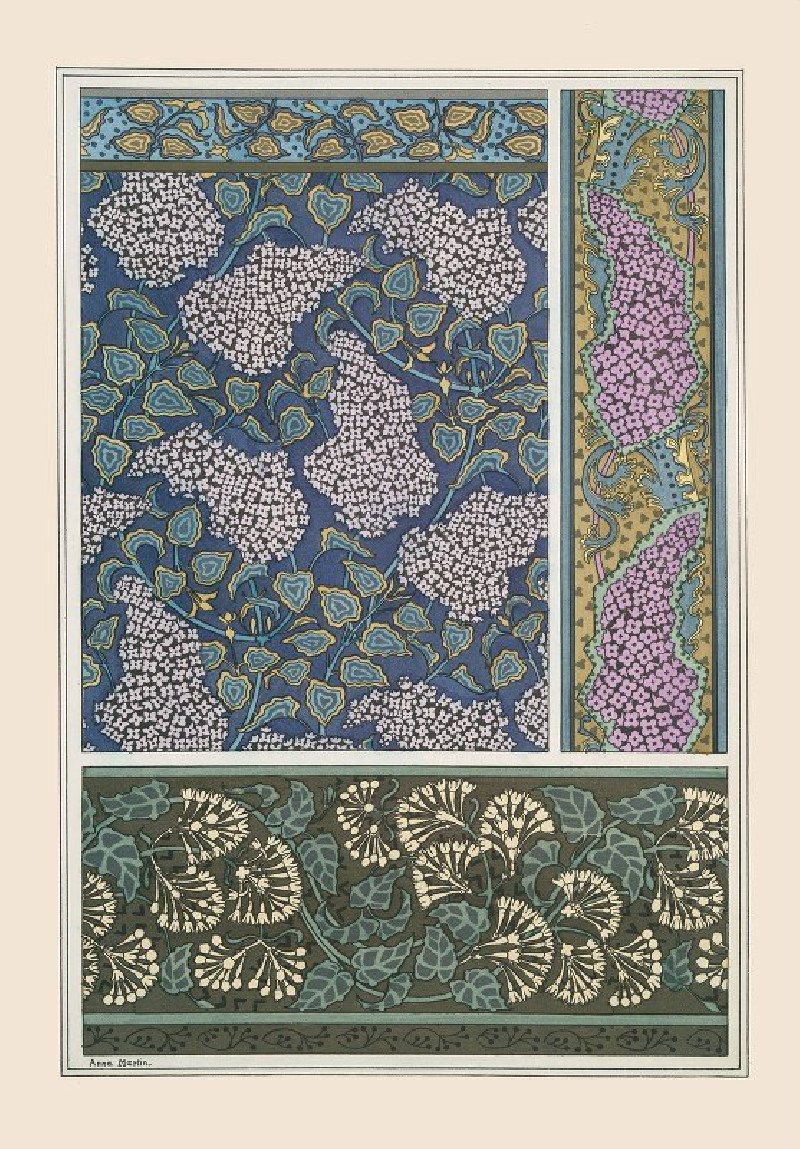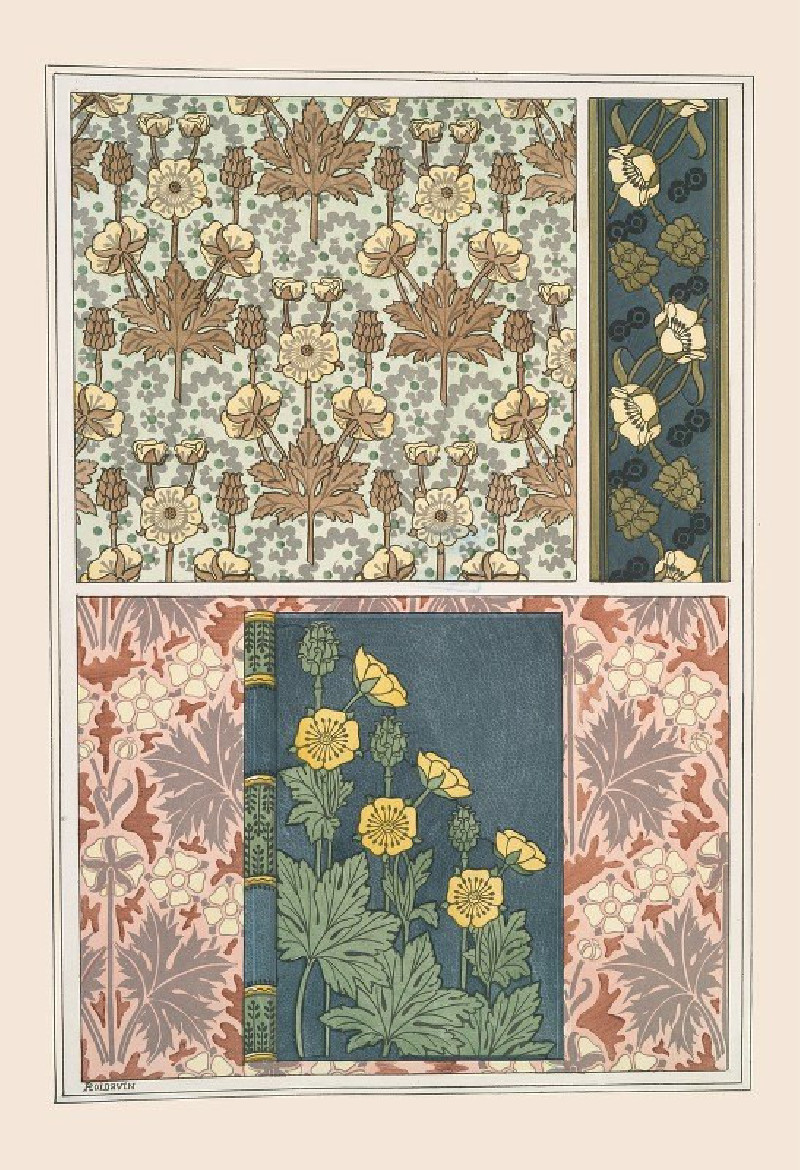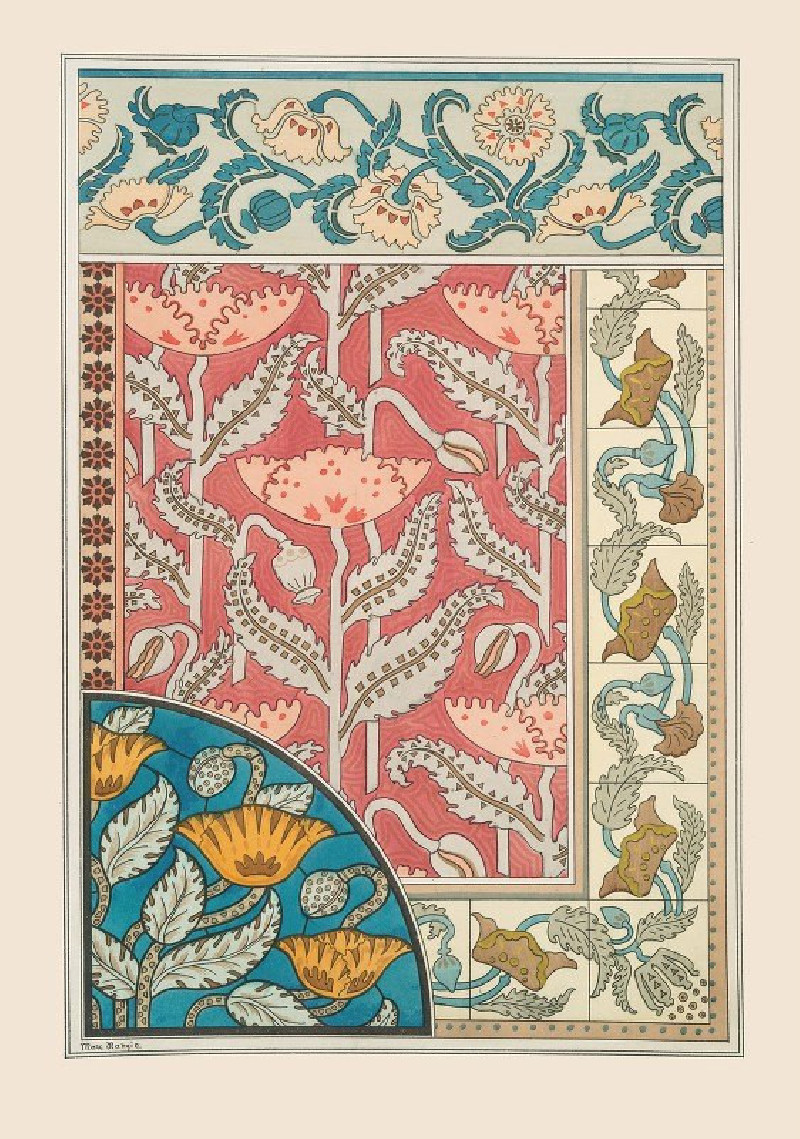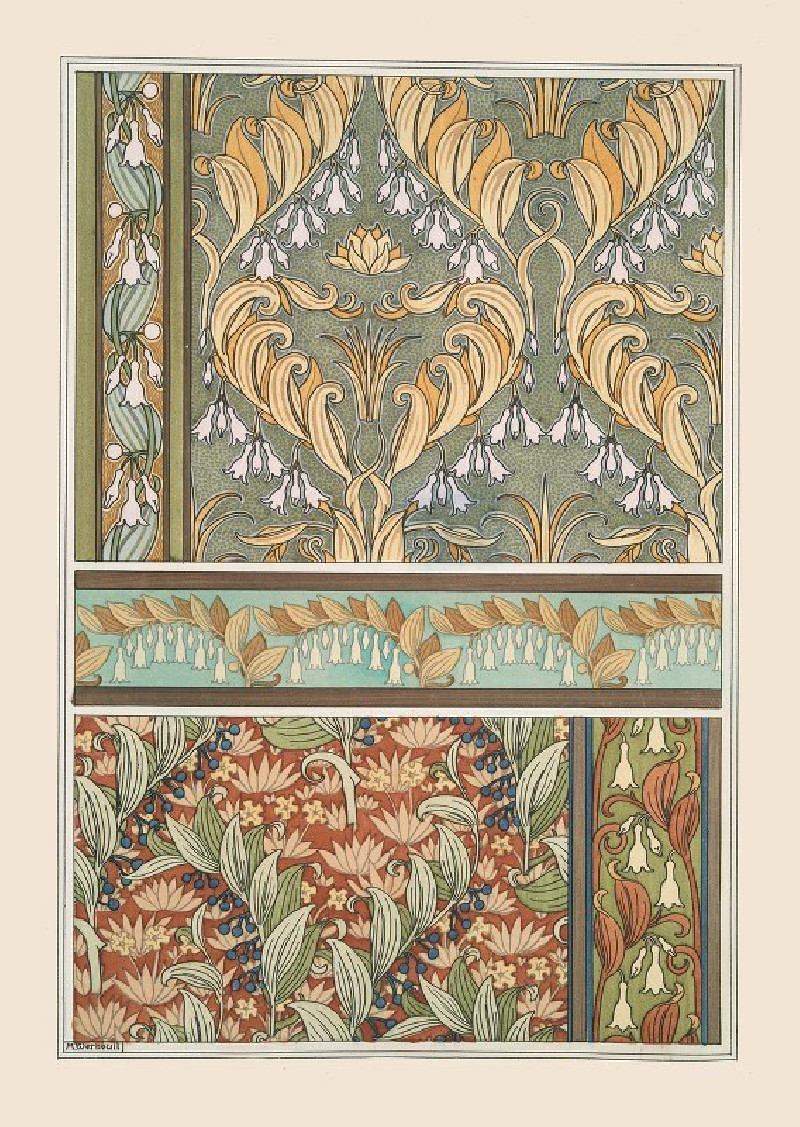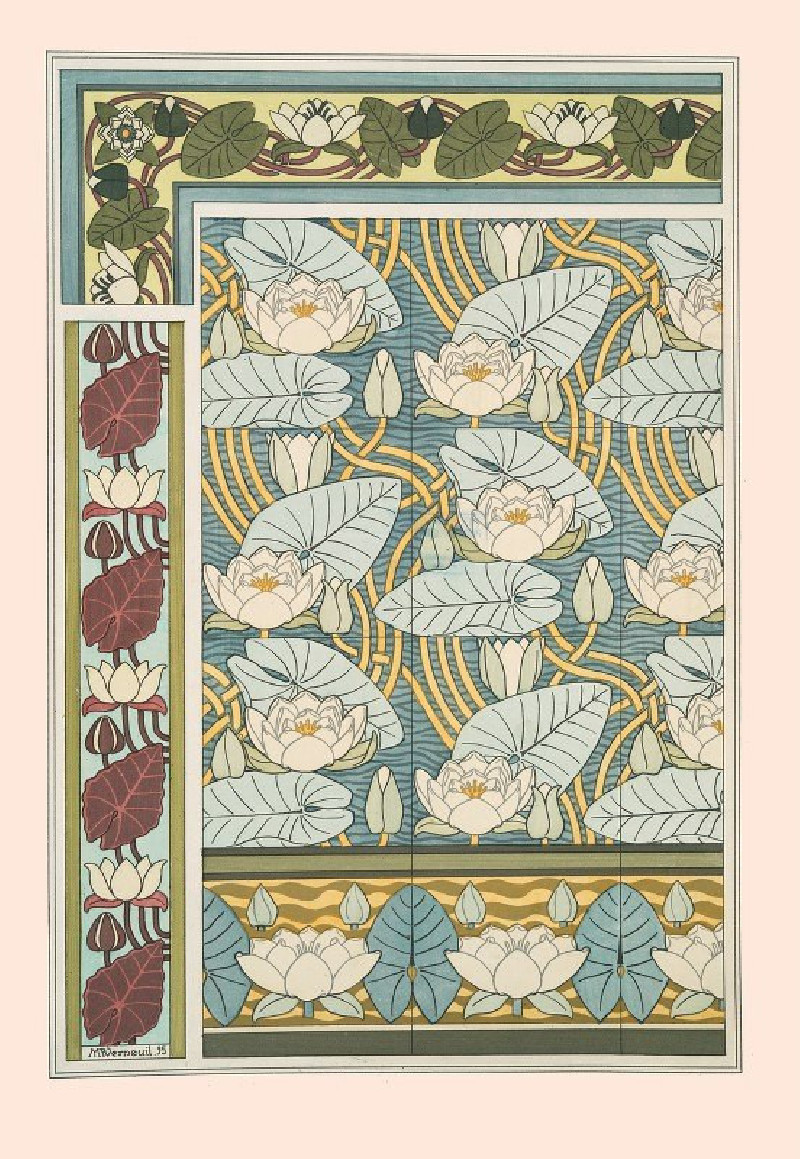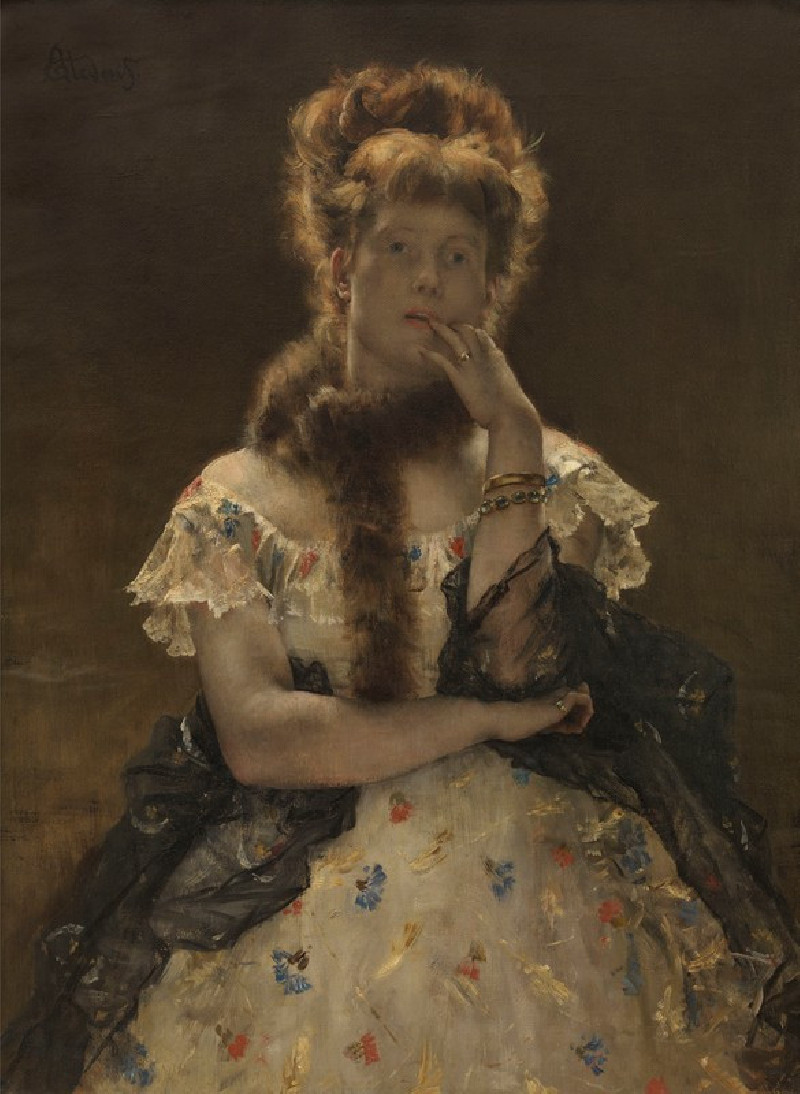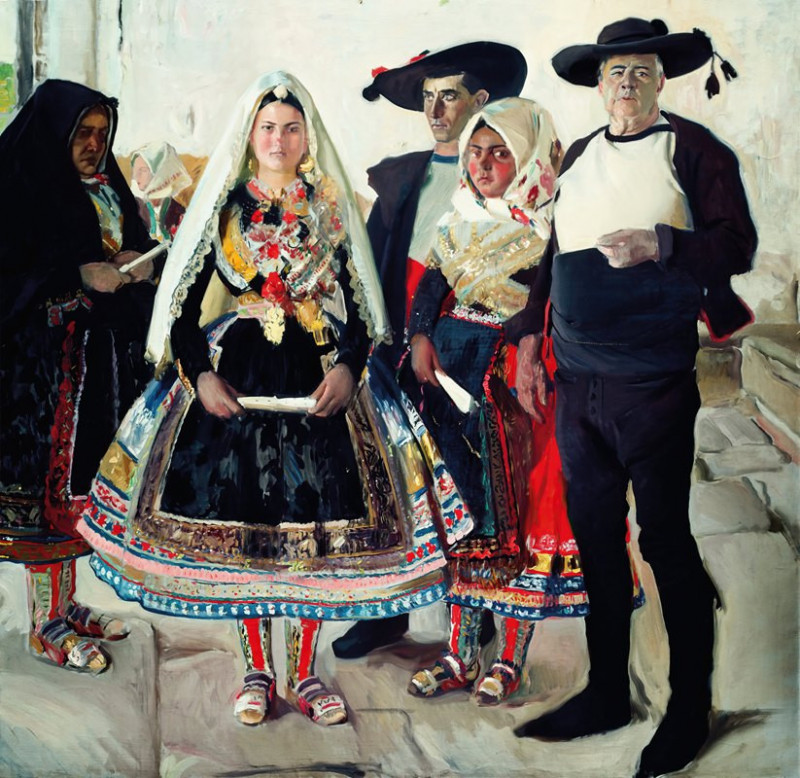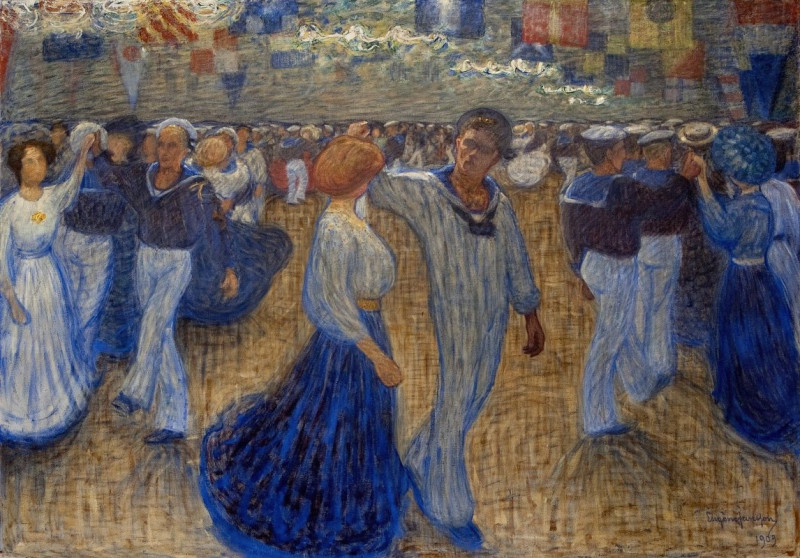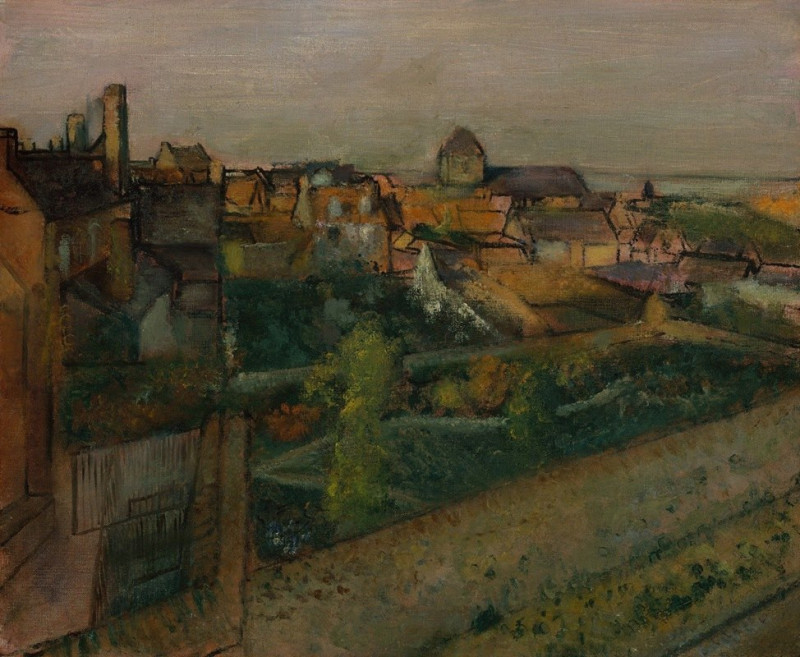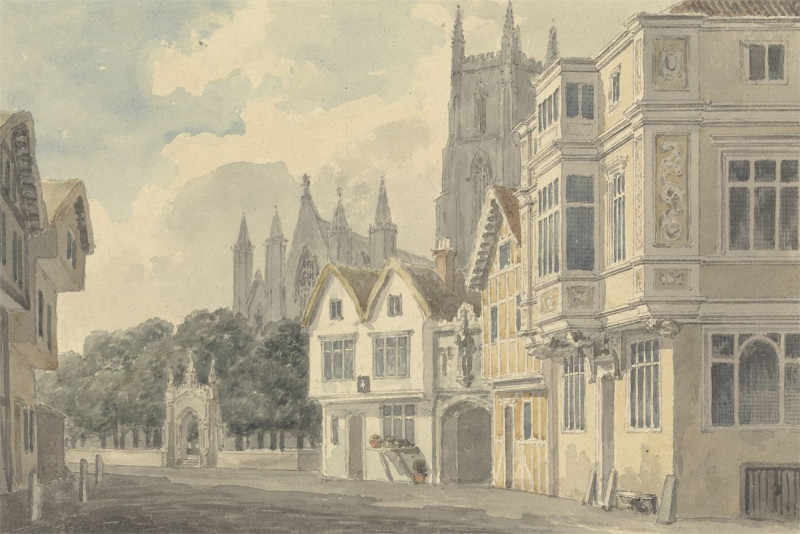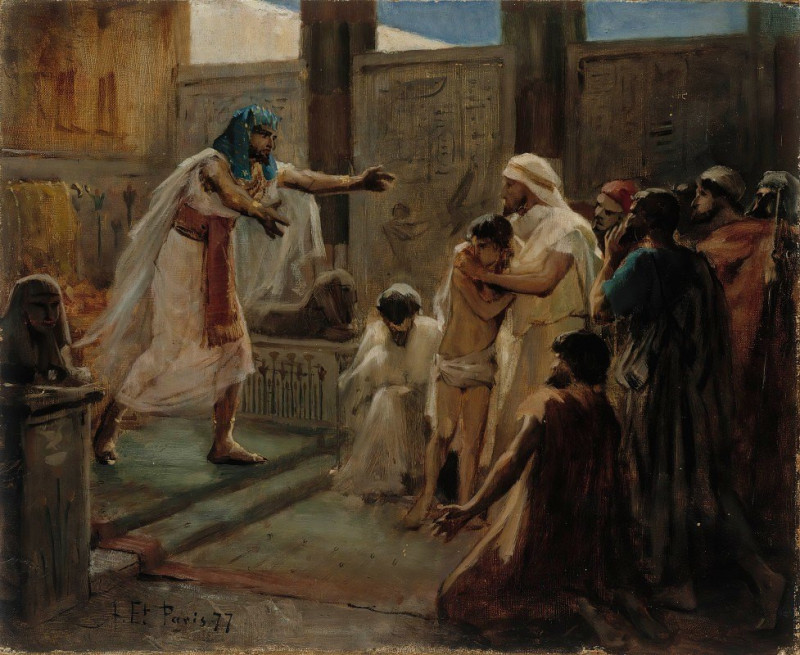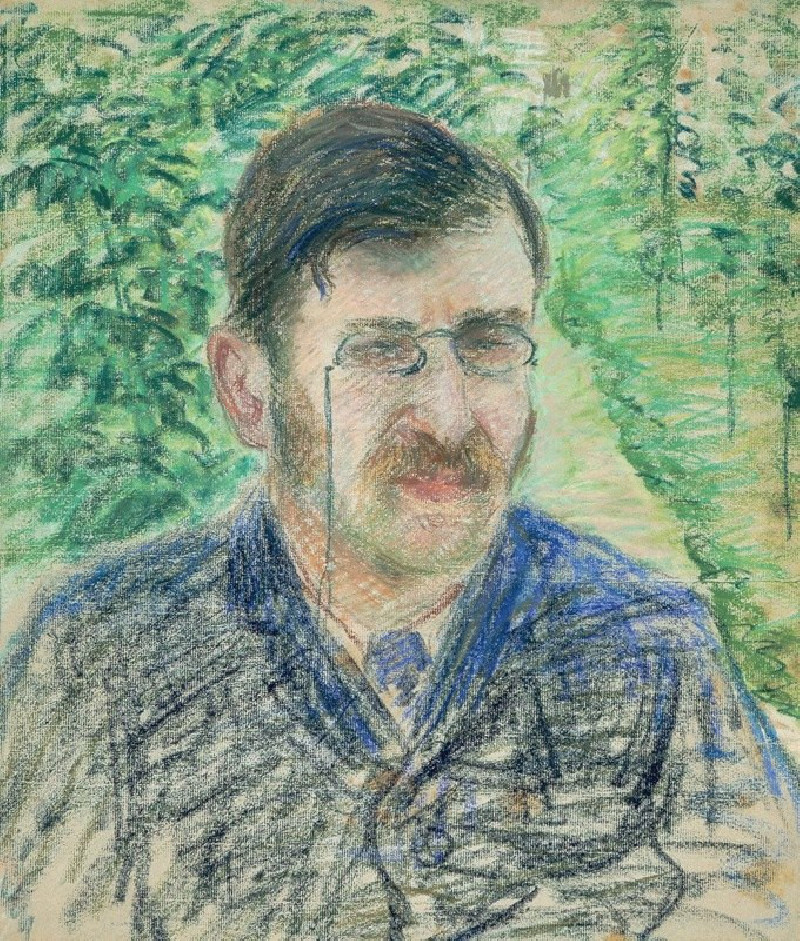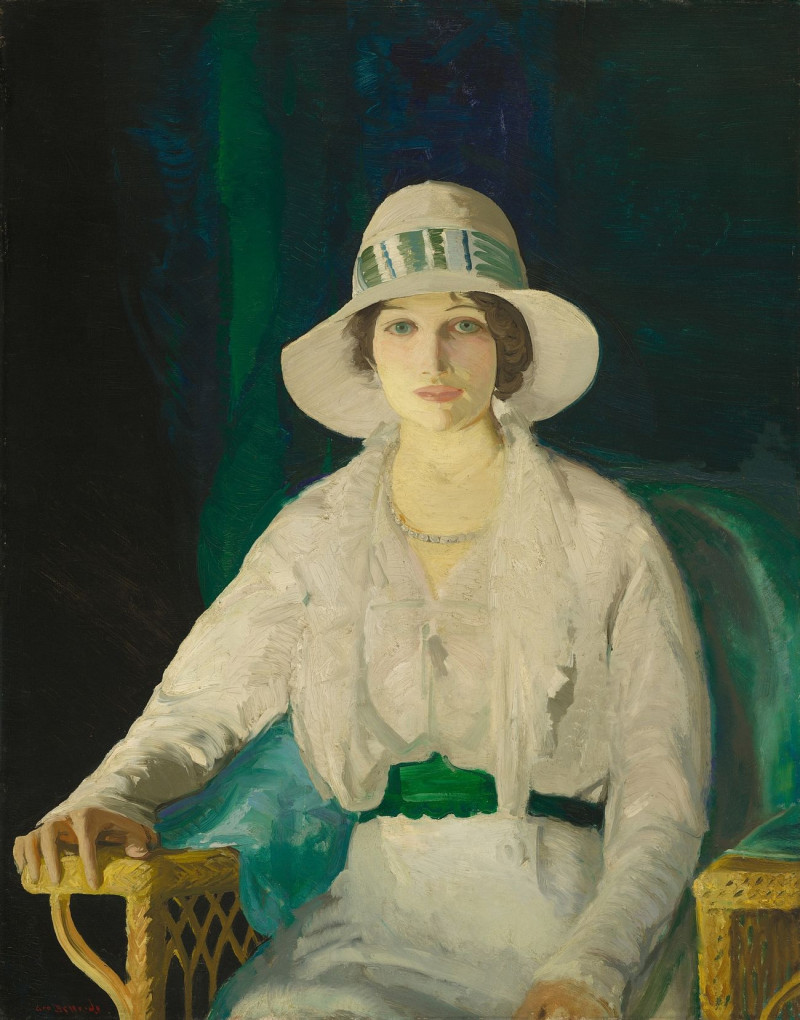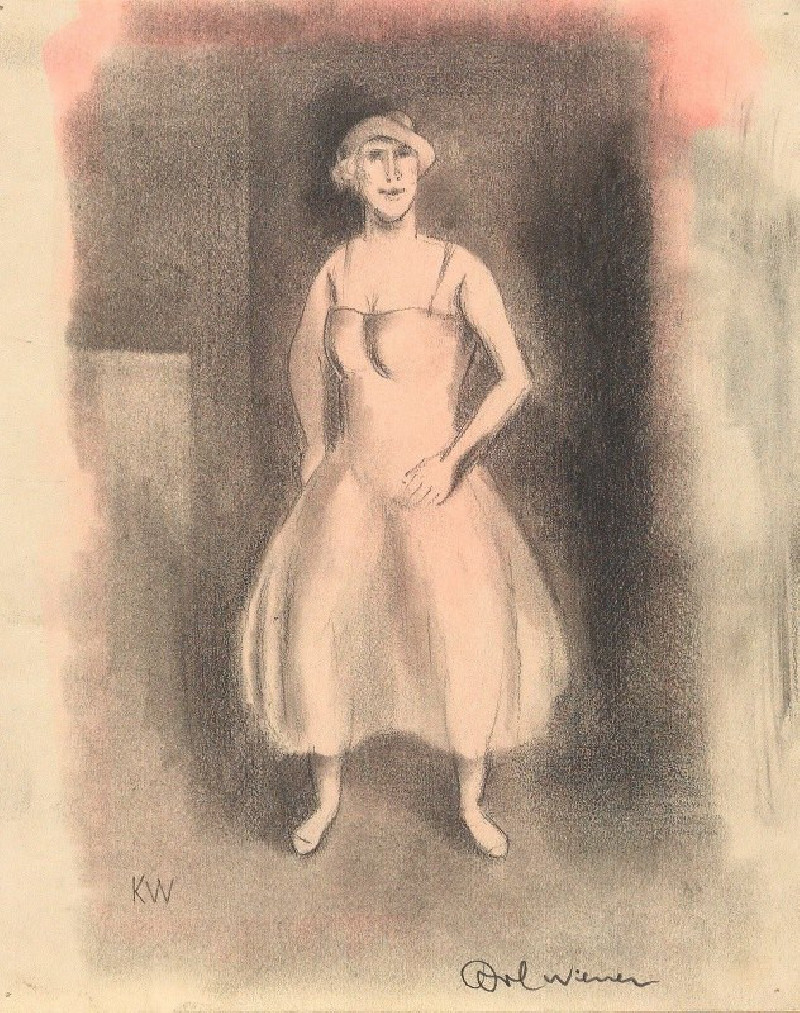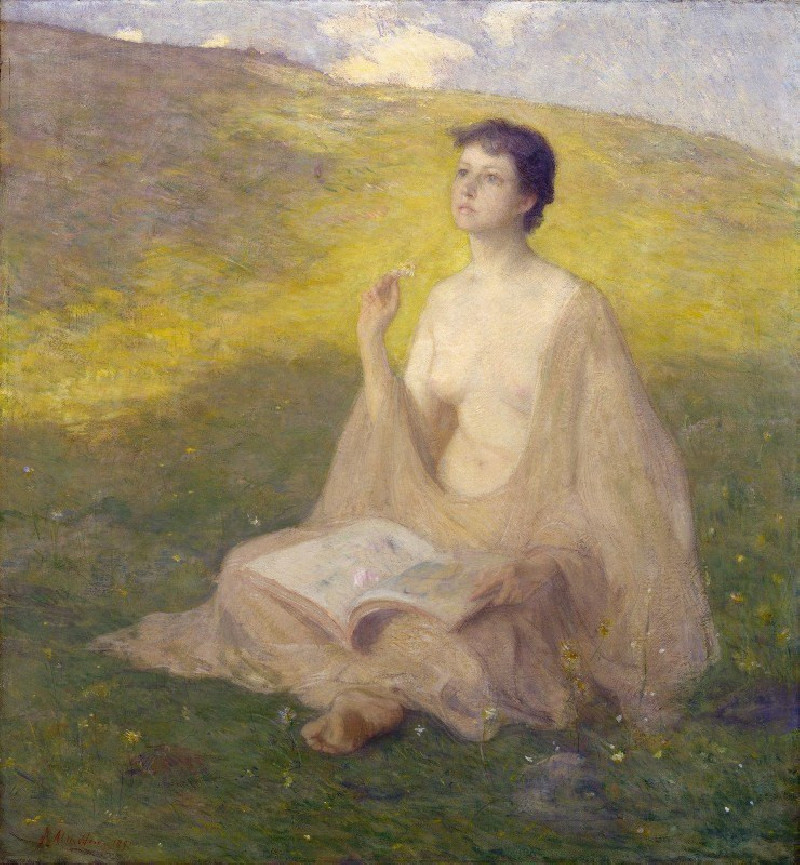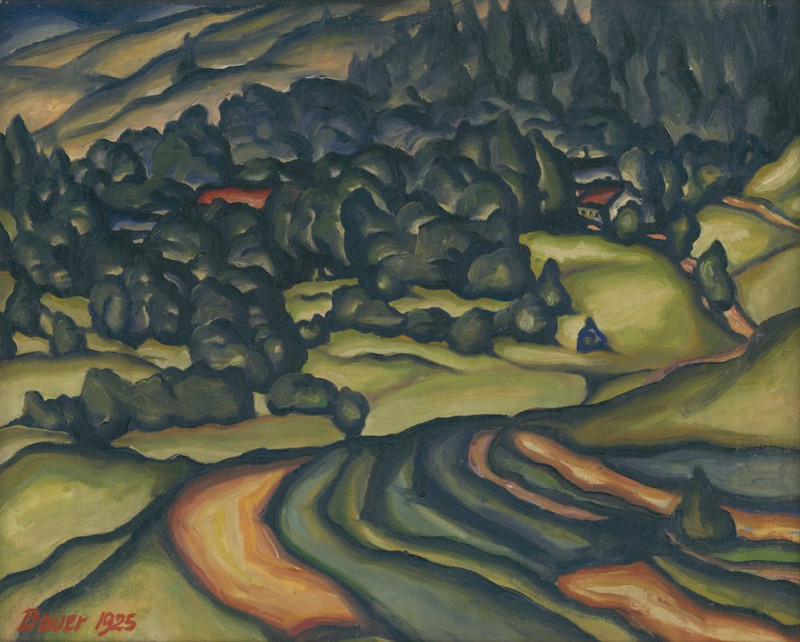Merlans et algues, papier peint. Mouches et muguet, étoffe de soie. Hermine vulgaire, bordure. (1897)
Technique: Giclée quality print
Recommended by our customers
More about this artwork
Welcome to the enchanting world of Maurice Pillard Verneuil's artwork "Merlans et algues, papier peint. Mouches et muguet, étoffe de soie. Hermine vulgaire, bordure" created in 1897. This exquisite piece is a testament to Verneuil's mastery in the Art Nouveau style, celebrating the beauty and harmony of nature through intricate design and thoughtful composition.The painting is structured in three distinct segments, each depicting a different aspect of the natural world with a harmonious color palette that blends earthy and aquatic tones. The top segment of the painting presents a mesmerizing pattern of whiting fish, known as "merlans," swimming dynamically amongst seaweed or "algues." This scene invokes the lively yet serene environment of the underwater world, characterized by fluid movements and subtle interactions between the aquatic elements.Beneath this, a contrasting yet complementary section showcases an elegant motif of lilies of the valley ("muguet") alongside hovering flies. The choice of silk fabric ("étoffe de soie") as the medium suggests delicacy and adds a textual allure to the depiction, enhancing the visual experience with its finesse and the gentle grace of the lilies, symbolizing purity and renewal.The final segment is captivating with its depiction of a stoat ("hermine vulgaire") in a rich, ornate border. The stoat, rendered in warm golden hues against a deep maroon background, curls gracefully within the confines of swirling patterns, embodying a sense of nobility and cunning agility.This painting, rich in symbolism and meticulously crafted, invites viewers to delve into a narrative woven with natural elements and artistic brilliance.
Delivery
Returns
Maurice Pillard Verneuil was a French artist and decorator in the Art nouveau movement. He was born in Saint-Quentin, France. Maurice Pillard Verneuil learned his trade from the Swiss designer Eugène Grasset. Maurice Pillard Verneuil then went on to become a well-known artist and designer. He was inspired by Japanese art and nature, particularly the sea. He is known for his contribution to the art deco movement and, in particular, his use of bold, floral designs in ceramic tiles, wallpapers and other furnishing textiles.

